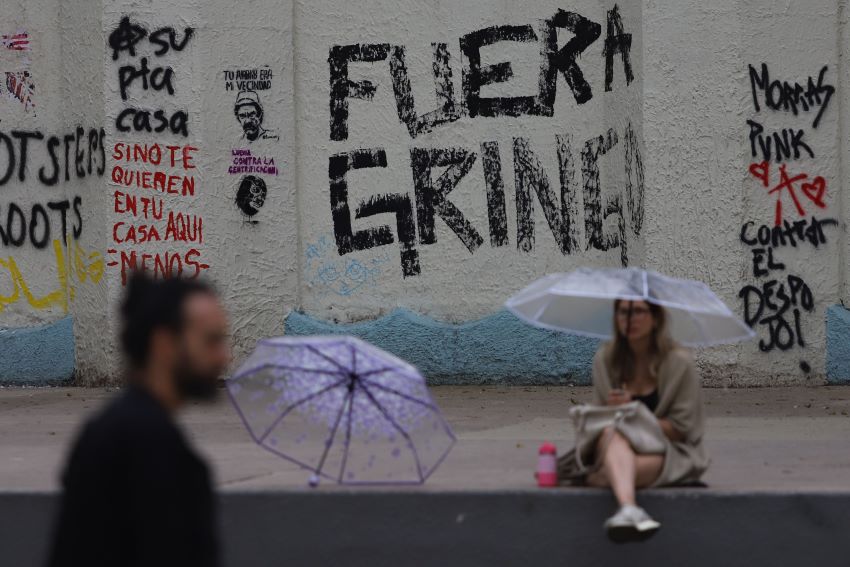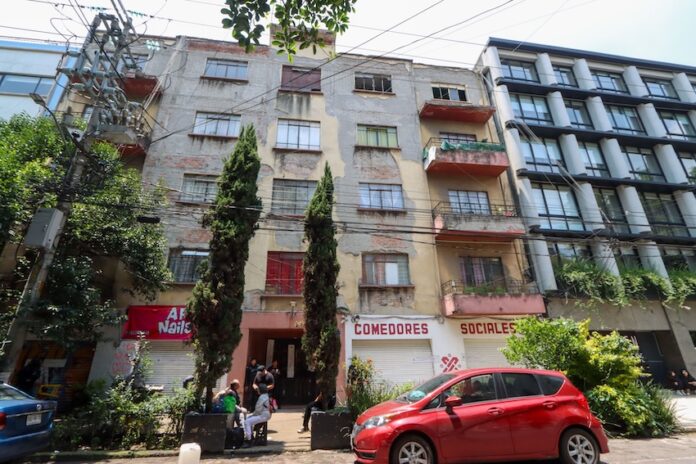The average apartment rental price in Mexico City is projected to rise to 21,000 pesos (US $1,134) per month by the end of 2025, an increase of between 12 and 15% over 2024, the rental platform Mercado Libre Inmuebles announced on Tuesday.
The price increase stems from a range of factors, including increased demand for prime locations and the preference of renting rather than taking on a mortgage in the face of rising inflation, explained the platform’s senior manager for Mexico, Venezuela and Colombia, Juan Céspedes.
“The increase isn’t just an adjustment for inflation; it’s a direct result of people being willing to pay more to be close to work, prioritizing mobility and a central location,” Céspedes told the newspaper El Economista in an interview.
Rental prices for apartments in Mexico City range from 2,700 pesos ($145) to over 125,000 pesos ($6,750) a month, said Céspedes. The platform expects rental prices in the city to continue increasing in 2026, by between 8 to 10%.
“Construction is more expensive, and owners of new properties adjust rents upward to make their investment profitable,” Céspedes explained.
Céspedes also highlighted a shift in the size of average apartments in the capital, which range from 60 to 85 square meters.
“Value is no longer just about the square footage of the living space, but about the living experience. People prefer a small, efficient apartment that allows them to live close to work and have access to services,” said Céspedes.

Many of the city’s long-term residents have been hit hard by rental price increases in recent years, which is reflected in recent protests against gentrification.
Around 200 people recently participated in an anti-gentrification march in Mexico City, the third such protest in the capital in July. Many expressed their “rejection of the phenomenon of social displacement and the increase in the cost of housing in different areas of the city,” according to a government report.
An anti-gentrification group with almost 15,000 followers on its Instagram page held another protest, called the “Anti-Gentrification Grito,” on Sept. 14, the day before Mexico’s annual “Grito” of Independence.
The rise in popularity — and price — of certain locations, such as Roma, Condesa and Juárez, has pushed many residents to seek accommodation in emerging neighborhoods.
“Higher prices in prime areas have generated an influx of new corridors and previously underrated neighborhoods, such as Azcapotzalco or the well-connected eastern and southern areas,” explained Céspedes.
With reports from El Economista
